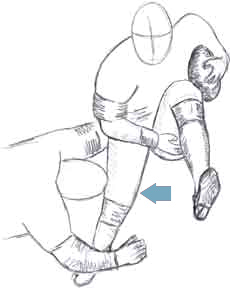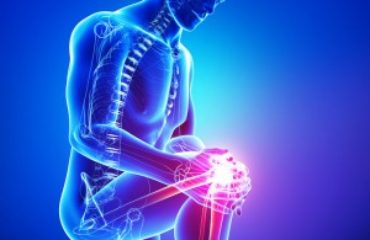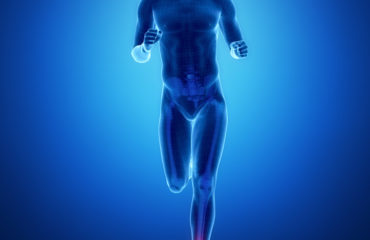Orthopedic surgeons perform arthroscopic surgery through a small incision. Several small incisions are made that are around one centimeter each. In one of these incisions a camera is inserted into the inside of the joint can be clearly seen and the other incisions have a small instrument through the remaining incisions.
Arthroscopic or Open Surgery
There can be considerable debate about which procedure is right = arthroscopic or open surgery. Let’s look at both a little bit. Open  surgery uses much larger incisions and this allows your orthopedic surgeons a better look at the joint and may be appropriate in some cases. Arthroscopic surgery has smaller incisions and less damage tissue, which is advantageous, but if the overall procedure can’t be done, it is not beneficial. There are pros and cons to both, which you should discuss with your orthopedic surgeons. However, if your surgeon has decided arthroscopic surgery is right for you then likely, that’s the best choice for your situation.
surgery uses much larger incisions and this allows your orthopedic surgeons a better look at the joint and may be appropriate in some cases. Arthroscopic surgery has smaller incisions and less damage tissue, which is advantageous, but if the overall procedure can’t be done, it is not beneficial. There are pros and cons to both, which you should discuss with your orthopedic surgeons. However, if your surgeon has decided arthroscopic surgery is right for you then likely, that’s the best choice for your situation.
Types of Arthroscopic Shoulder Surgery
• Shoulder Instability Labral Tears – These are tears like Slap tears or Bankart tears and they are often treated with arthroscopy. It’s imperative that you follow your post-op rehab very closely to ensure your surgery is successful.
• Rotator Cuff Tears – Treating rotator cuff tears using arthroscopy is quite controversial. Some orthopedic surgeons some choose only certain type of rotator cuff tears this way while others treat all rotator cuff tears this way. There is no agreement if one way is better than the other, so it is entirely up to the surgeon.
• Biceps Tendonitis – The biceps tendon can be inflamed and irritated as a result of other problems like a rotator cuff tear or impingement syndrome, or it can be its own standalone injury. When your bicep tendon becomes damaged it can be very painful and biceps tenodesis procedure, which doesn’t functionally change anything but it is known to relieve the symptoms.
• Shoulder Bursitis – This is also known as impingement syndrome. There isn’t a simple treatment that will cure this so you might  consider arthroscopic subacromial decompression procedure. Your orthopedic surgeons will remove the inflamed bursa and the usually remove bone that’s in the irritated space of the rotator cuff tendons. Removed the damaged tissue will create more space for the tendons and the inflammation should subside.
consider arthroscopic subacromial decompression procedure. Your orthopedic surgeons will remove the inflamed bursa and the usually remove bone that’s in the irritated space of the rotator cuff tendons. Removed the damaged tissue will create more space for the tendons and the inflammation should subside.
• AC Joint Arthritis (Acromioclavicular joint) – This joint can sometimes be affected by arthritis and if this is severe the collarbone (clavicle) may need to be removed to relieve the symptoms.
• Frozen Shoulder – This condition doesn’t normally need surgery and often treatment will go on for years before surgery is even considered by orthopedic surgeons. If it is treated surgically, aggressive physical therapy is necessary or the problem tends to return.
Rehab After Your Arthroscopy Surgery
Recovery will depend on what surgery your orthopedic surgeons perform. Because arthroscopy surgery hurts, less than open surgery patients often take on more than they should with the shoulder. It is necessary to perform the activities exactly as you are instructed by your surgeon or physiotherapist. Even if it feels fine, it takes a great deal of time to heal properly.



